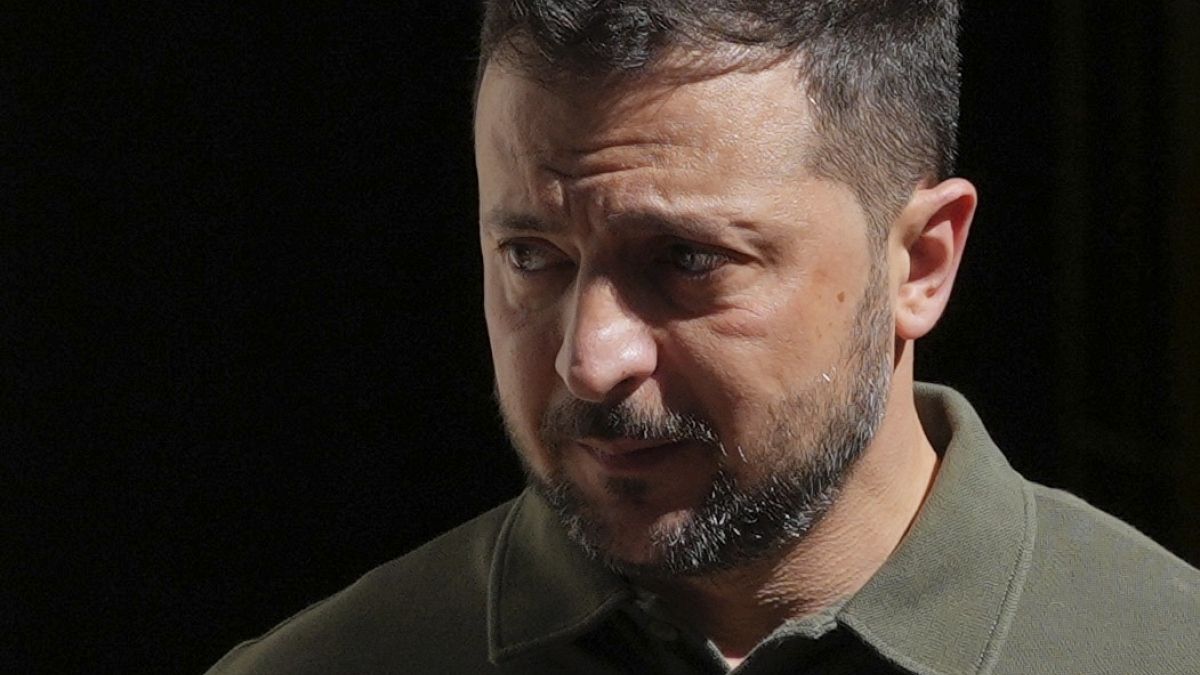Ukrainian President Volodymyr Zelenskyy recently revealed that Ukraine will present its “victory plan” to Washington in September. Zelenskyy aims to garner support from both Vice President Kamala Harris and former President Donald Trump for the plan’s success. The plan consists of four key components, with an emphasis on the military counteroffensive in Russia’s Kursk region. This incursion, initiated on August 6th, led to the withdrawal of Russian troops from eastern Ukraine, preventing the potential occupation of other regions.
Zelenskyy highlighted the importance of the assault on the Kursk region in the victory plan, as it played a crucial role in pushing back Russian forces from Ukraine. However, Russia continues its advances in the eastern Donbas region. The Ukrainian president also outlined Ukraine’s strategic position in the world’s security infrastructure, a powerful diplomatic package to end the war with Russia, and an undisclosed economic strategy. Zelenskyy’s plan aims to leverage various tactics to secure victory in the ongoing conflict with Russia.
One key concern arising from Ukraine’s incursion into the Kursk region is the potential nuclear incident risk at the Russian nuclear power plant located in Kurchatov. The International Atomic Energy Agency (IAEA) Director General, Rafael Grossi, expressed his apprehension about the vulnerabilities faced by the plant due to recent developments. Grossi highlighted the risks posed by drones, noting that the reactor’s core is not adequately protected, leaving it exposed to potential attacks.
Grossi’s visit to the Kursk nuclear power plant aimed to assess the situation and determine the necessary steps to ensure the safety and security of the facility. He stressed the importance of cooperation to prevent any accidents or violations of safety protocols established by the IAEA. The potential threat of drones, missiles, or artillery impacting the nuclear material at the facility poses a significant concern. Grossi emphasized the IAEA’s responsibility to prevent nuclear accidents and will further discuss these issues with Ukrainian President Zelenskyy during his upcoming visit to Kyiv.
The incursion into the Kursk region as part of Ukraine’s victory plan has raised alarm bells for the UN nuclear watchdog, intensifying concerns about the safety of the Russian nuclear power plant. Grossi’s assessment of the situation underscores the need for immediate action to mitigate the risks associated with the ongoing conflict. The fragile nature of the reactor’s core poses a critical vulnerability, making it susceptible to potential attacks that could result in a catastrophic nuclear accident.
As Ukraine continues its military operations in the Kursk region, the focus on preventing a nuclear incident at the Russian power plant remains a top priority for the IAEA and other international agencies. The upcoming meeting between Grossi and Zelenskyy in Kyiv will likely address these pressing issues and explore potential solutions to safeguard the nuclear facility. The success of Ukraine’s victory plan hinges on addressing these challenges and securing support from key international partners.











